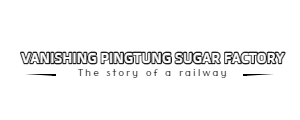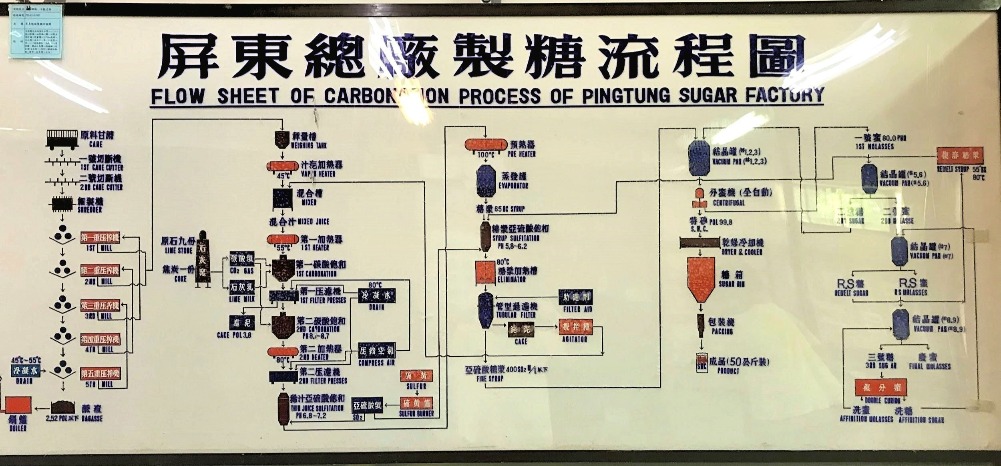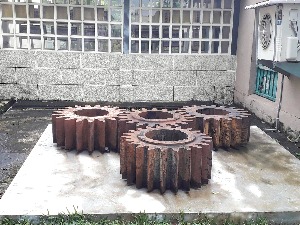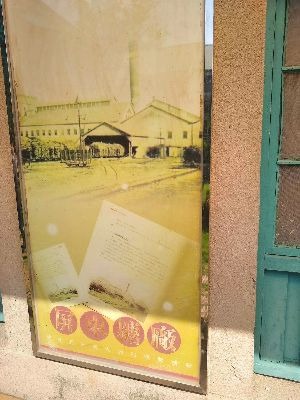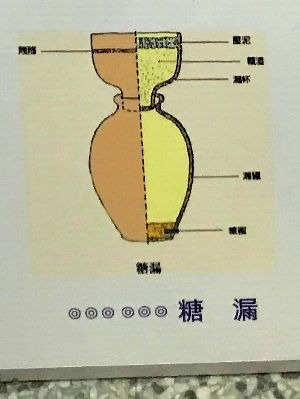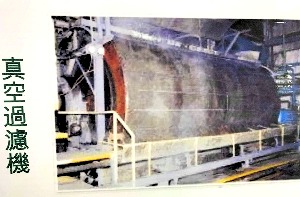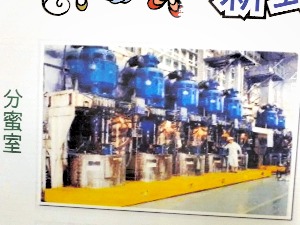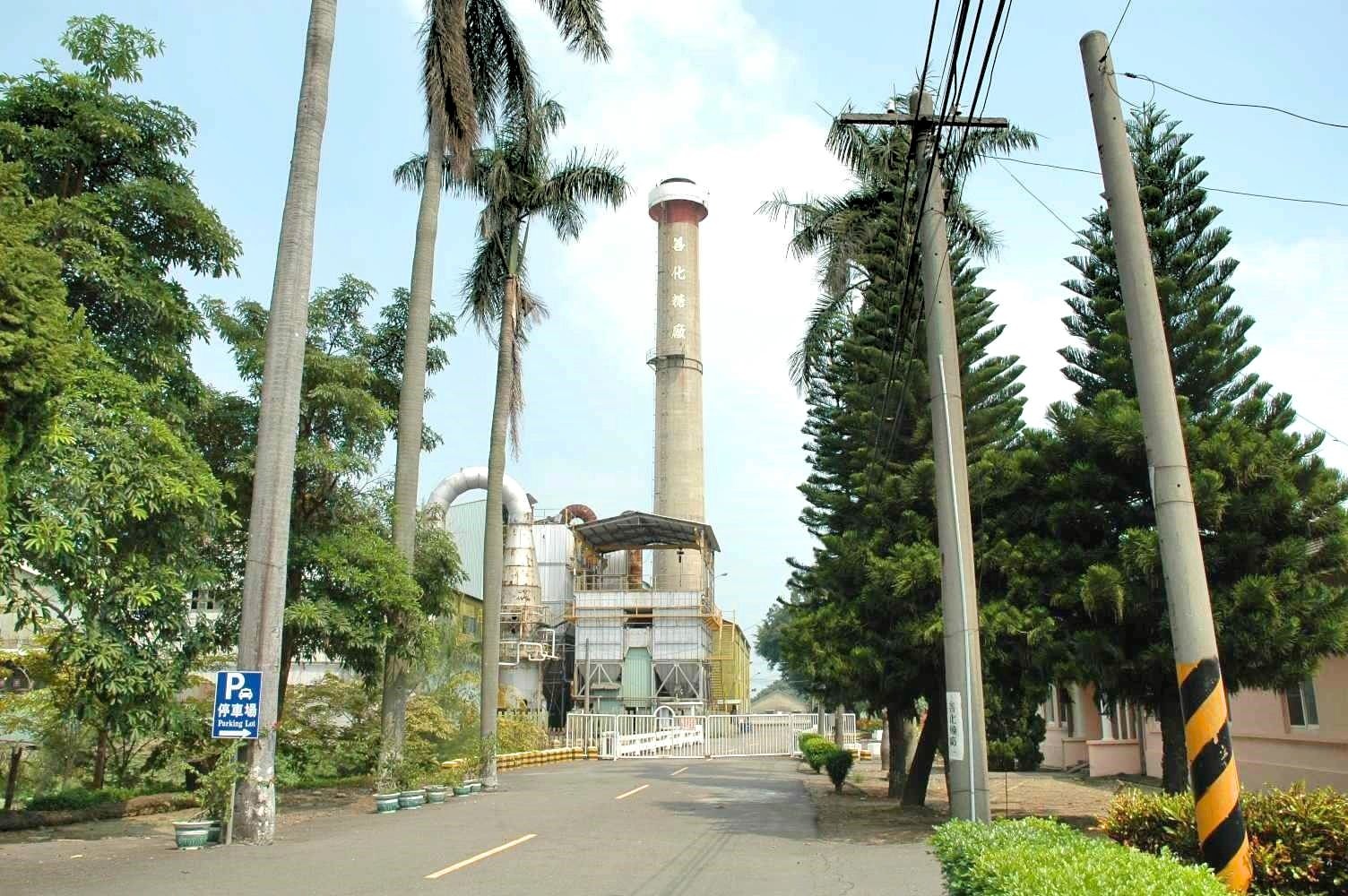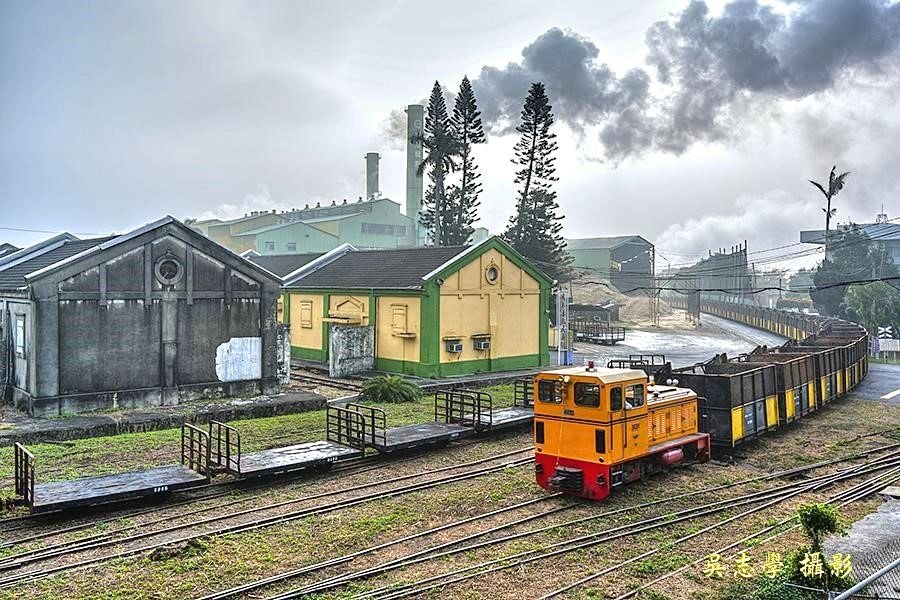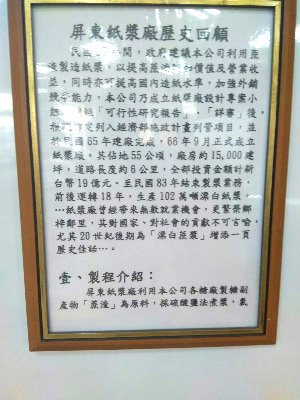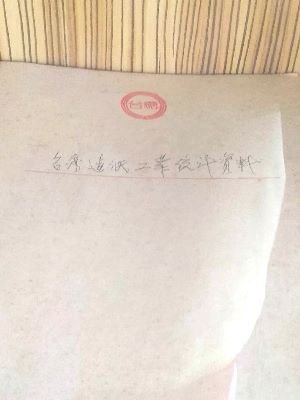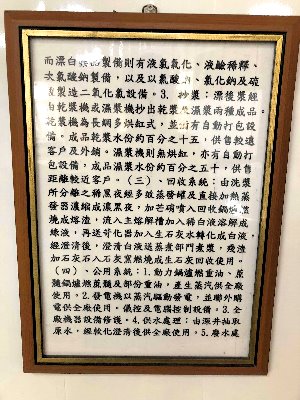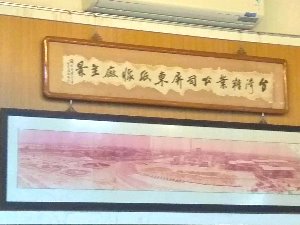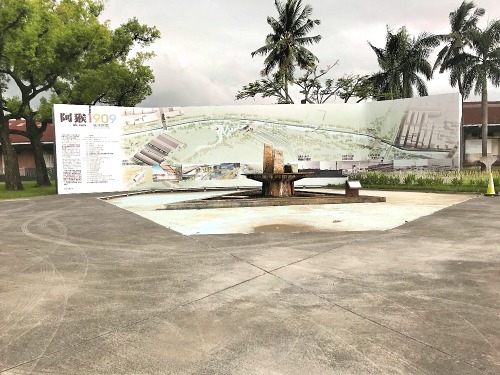A- Hou Sugar Manufacturing Factory
n 1904, it was founded by Su,Yu-Ti , Nan-Chang Sugar co., LTD., the first new sugar factory in Taiwan.The output was not as expected due to frequent equipment failure and unskillful operation. In August 1907, the Taiwan Sugar Company began to build a railway from the A-Hou Sugar Manufacturing Factory to the Jiu-Qu-Tangl. In November, The A-Hou Factory was built at Guey-Lai . The construction was completed in December 1908, and sugar production officially began in early 1909 with a crushing capacity of 1200 tons.
